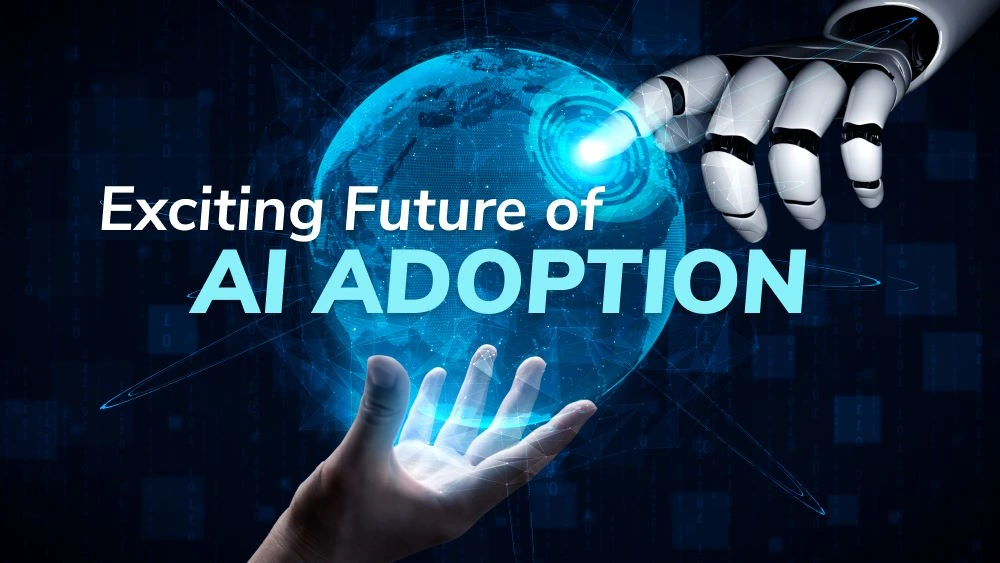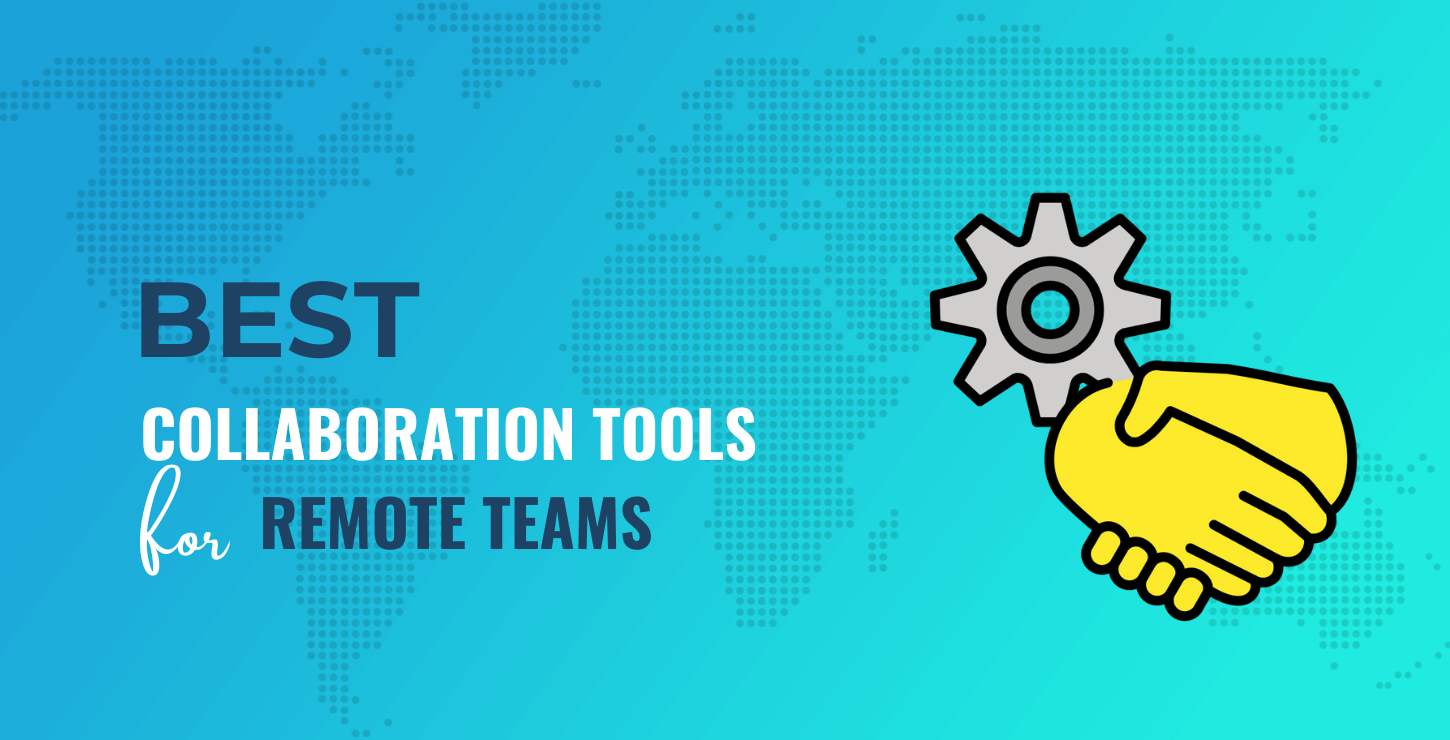Companies have begun adopting the most sophisticated forms of AI, devoting a substantial amount of time and money to comprehending its potential. Some, however, have doubts about it, while others are still in the experimental stage, experimenting in different ways without a clear goal. Imagine being unable to modernize and thrive in the competitive market because of the large volumes of unstructured data that would allow for sluggish decision-making. Don't you think that looks good? — It is difficult to analyze the massive volumes of data generated by businesses.
The introduction of AI for enterprise is a development that has the potential to revolutionize the way your company operates. Businesses can incorporate robotic process automation, machine learning, deep learning, predictive analytics, and natural language processing systems into their daily operations with AI enterprise solutions. Advanced integrations, repetitive work automation, inefficiency elimination, and quick decision-making are all made possible by enterprise AI.
AI must be incorporated into current companies by executives and entrepreneurs who want to create a robust and cutting-edge organization. This post will explain how companies may use enterprise artificial intelligence (AI) to change in a world that is becoming more digital and data-driven.
Enterprise AI: What is it
Enterprise artificial intelligence (AI) is a cutting-edge strategy for using AI-based technology to solve business challenges inside an organization. It automates procedures, enhances decision-making, and creates new goods and services via the application of machine learning, deep learning, natural language processing (NLP), and other AI techniques.
Automation is only one aspect of enterprise AI solutions. It uses AI to solve complex business problems that call for human-like intelligence, such figuring out fraud, enhancing logistics, or understanding consumer behavior. Enterprise AI may assist with precise insights, optimize procedures, and stimulate creativity across many departments and activities by evaluating large datasets and potent algorithms.
Read also: Enterprise Artificial Intelligence Applications
How important is AI to businesses
Businesses must use new technology to stay ahead of the competition due to the growth of big data, increased consumer expectations, and the need for agility and innovation.
Given the enormous amount and complexity of data produced by contemporary organizations, it is imperative that companies review and assess their current strategies. Enterprise AI solutions make it possible to use tools to glean insightful information from this data, revealing possibilities, trends, and patterns that could otherwise go unnoticed.
Additionally, AI-powered solutions could automate difficult decision-making procedures, enabling companies to precisely and swiftly adjust to changes in the market. Organizations may gain a competitive edge, streamline operations, and manage erratic market conditions with the use of this flexibility.
Enterprise AI entails developing a thorough AI strategy that supports the objectives of the company while guaranteeing scalability, security, and ethical issues. It is not only about implementing a single technology. Traditional business models may be altered by this all-encompassing adoption, allowing companies to react to market developments and new possibilities faster.
Machine Learning
Because machine learning makes it feasible to learn from data and identify trends with the least amount of human involvement, many companies employ it as the core technology for artificial intelligence applications. It is a branch of artificial intelligence that aims to do complex tasks like human problem-solving by simulating intelligent human behavior.
Examples of data that form the basis of machine learning include text, images, and statistics. To provide training data for the machine learning model, data is gathered and stored. The program's influence increases with the amount of data it has. When the data is prepared, programmers put it into a machine-learning model, which then learns to identify patterns or forecast outcomes on its own. Over time, the programmer can modify the model's parameters to have it generate more precise results. Therefore, machine learning skills can assist companies in meeting client demands in a timely and effective manner.
Read also: How to choose the right enterprise software for your business
Processing Natural Language
Computers can understand, interpret, and react to human language thanks to natural language processing (NLP). Automation of customer service, improved communication effectiveness, and information extraction from unstructured data, including emails and social media postings, are just a few of the corporate fields that use it. NLP combines statistical, machine learning, and deep learning methods with the rule-based modeling of human language found in computational linguistics. Computers can now interpret and comprehend text and audio data created by humans thanks to these technologies.
It is a group of computer systems that can respond to spoken commands, translate text across languages fast, and summarize large volumes of material in real time. NLP has most likely been utilized with digital assistants or voice-activated GPS units. AI enterprise apps, which speed up corporate operations, boost employee productivity, and streamline crucial business procedures, also depend on natural language processing (NLP).
Computer Vision
Computer vision is used by businesses to help machines view pictures or videos and make choices. The use of face recognition to increase security on an institution's property is among the most well-known applications of corporate AI. Convolutional neural networks (CNNs) and deep learning are two technologies that make computer vision feasible. Computers can learn from visual information thanks to these multilayer neural networks. The computer can learn to differentiate between several photos provided it has enough information.
As the visual input moves through the model, the computer "looks at" it using a CNN. CNN breaks down pictures into pixels to help a machine learning/deep learning model understand them. After that, these pixels are tagged in order to learn certain attributes (picture annotation). Labels are used by the AI model to generate convolutions and predictions based on what it "sees." The forecasts are then repeatedly checked for accuracy to make sure they meet expectations. For object detection, two different algorithm families are used: multi-stage algorithms (Fast RCNN, Mask RCNN) and single-stage techniques (Retina Net & SSD). Platforms for enterprise AI
Read also: Department Of Small Business Development Funding
Automation of Robotic Processes
It uses "bots," or robots, to automate rule-based and repetitive tasks in a variety of corporate apaplications. By accurately and quickly completing tasks like data entry, transaction processing, and report creation, these bots mimic human interactions with digital systems. The first step in RPA is process mapping and identification, which entails carefully recording operations that are amenable to automation. This entails outlining the particular procedures, choices, and exclusions of the process.
Once identified, RPA technologies are used to set up bots to replicate these operations. Bots employ screen scraping and optical character recognition (OCR) techniques to collect and enter data while interacting with apps through the user interface. Both attended and unsupervised modes of operation are available to bots. While unattended bots operate autonomously according to preset schedules or triggers, managed and seen via centralized panels, attended bots collaborate with human staff members, helping with duties in real-time.










